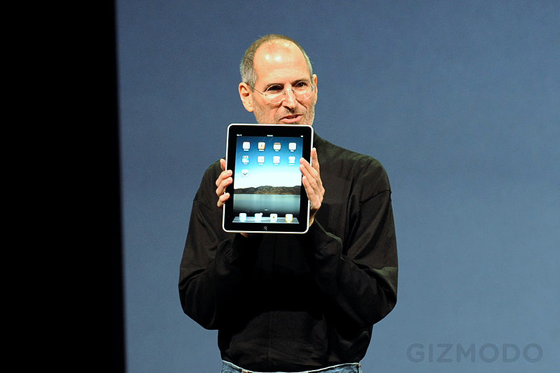
The New York Times has released an experimental HTML5 web app designed for the iPad. The app is available to those with access to either the tablet-only or all digital offerings from the Times. The New York Times web app provides the same news content as the native app, while at the same time offering some unique features, such as trending section to show the most popular stories, the Times Wire, which continually updates with new stories, and the ability for readers to browse the app as they would the newspaper. Interestingly, it appears that it needs to be accessed exclusively from an iPad, not being viewable from a desktop browser. In a statement, a Times spokesperson gave the reason for making the web app:
“Our subscribers have told us they are interested in trying new ways of reading The Times across a variety of platforms,” said Denise Warren, senior vice president and chief advertising officer, The New York Times Media Group, and general manager, NYTimes.com. “We are working constantly to develop new products that distribute our content in innovative ways, and this Web-based app is just one example of that.”The New York Times isn’t the the first newspaper to go the HTML5 route. The Financial Times created a web app and pulled its native app from the App Store after Apple implemented new subscription rules in iOS 4. The move gave the Financial Times more control over their platform and cut Apple out of any subscription revenue and the New York Times may be looking for similar control, though they have not removed their native app from the App Store at this time. To install the New York Times web app, which is noted as being experimental, go to app.nytimes.com on an iPad and add it to your home screen.
Are you a New York Times subscriber? What do you think of the new web app?
Source: Businesswire




